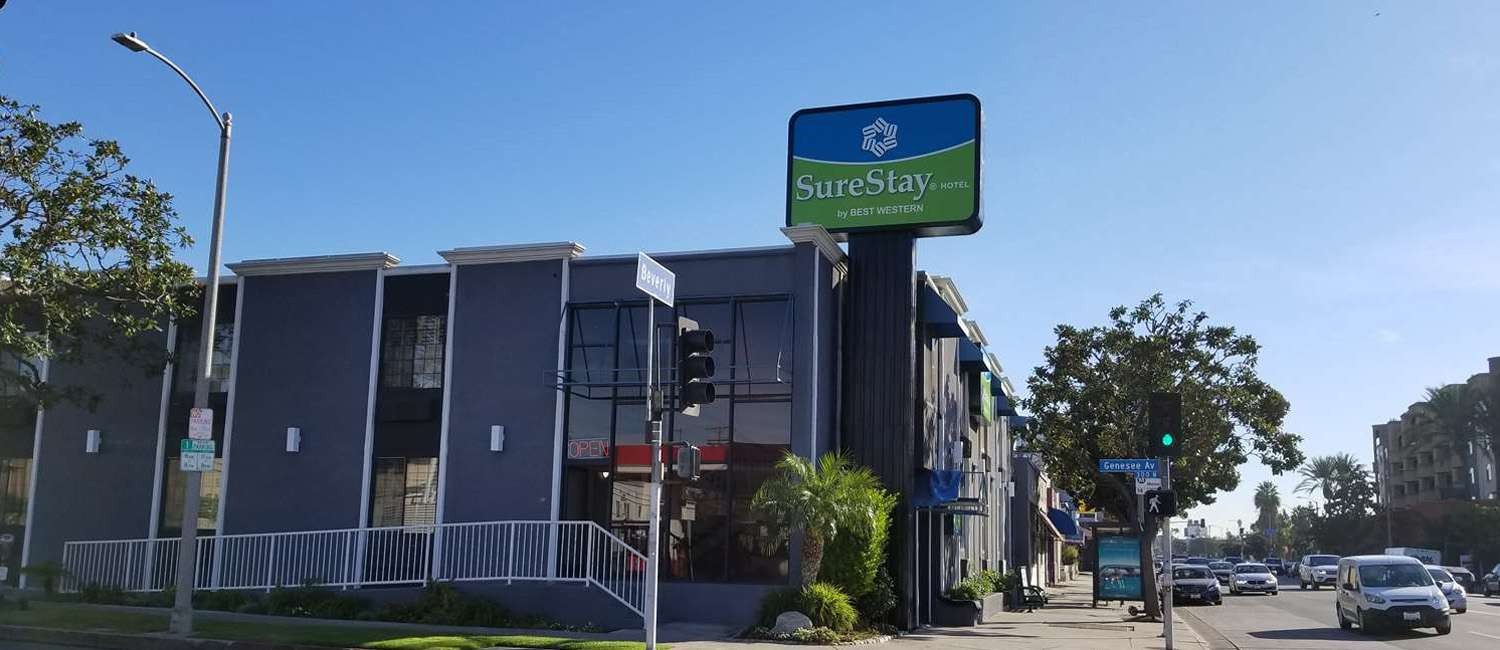Visit the La Brea Tar Pits and Museum
Before the Miracle Mile, before the Sunset Strip, before even Hollywood, Los Angeles was a place teeming with life. Not our modern city life, but prehistoric life. If you’re in Los Angeles and looking for things to do that are just a bit different from the usual, La Brea Tar Pits and Museum is definitely what you’re looking for. It may just seem like tar, but what most people don’t realize is that it is a fascinating formation. The tar, or asphaltum, seeps up from crevices in the ground, slowly hardening. There is a bacteria that lives within and consumes some of the asphalt, creating methane gases that cause bubbles to roil up, causing the tar to seemingly boil. Over the centuries, animals wandering through the area were caught in the tar. Then, predators finding seemingly easy prey would venture in after the trapped animals. These would then be stuck in the muck. As more asphaltum seeped up, and the bones sunk in, it eventually covered the trapped victims and over time, the asphalt even soaked into the bones, discoloring them but also preserving them. By not allowing oxygen to access the hidden remnants, there was little to no decay.
Initially, discoverers of the area thought the bones to be from local animals such as the antelope or wandering bovines that became unlucky. Believing this, they mined the asphalt and used it to pitch the roofs of their houses and even boats. The Native American tribes in the area at the time, the Chumash, and Tongva were making boats like no other utilizing the natural tar, as theirs were so waterproofed by sealing the spaces between the boards of their large wooden canoes, they were able to sail up and down the coastline. It wasn’t until the late 1800’s that people began to realize that the fossils in the pits were of extinct plant life. It wasn’t until 1901 that a geologist, W. W. Orcutt, was credited with recognizing the existence of prehistoric animal fossils.
Excavations began to go underway in 1913-1915 and still continue to this day. It’s not just large animals that were preserved, but as aforementioned, plant life, insects, mollusks, dusts, leaves and even pollen. The more impressively displayed fossils are of the mammoths, dire wolves and saber tooth tigers. To date, over three million fossils have been recovered and preserved, put on display in the museum, and more are still being recovered.
During an underground parking garage renovation in 2006, sixteen new fossil deposits were discovered. Boxes were placed around the deposits and removed carefully while the renovations commenced. These boxes are keeping archaeologists busy and, along with 327- buckets that were recovered from another site; they believe to double their current fossil collection. They are open daily from 9:30 am to 5 pm.
Stay at SureStay Hotel
Enjoy your stay at the SureStay Hotel while visiting the La Brea Tar Pits and Museum and exploring the past through the recovered fossils. Located about five minutes from the Museum, SureStay Hotel offers the lowest rates available by booking directly at https://www.surestaybeverlyhills.com/


